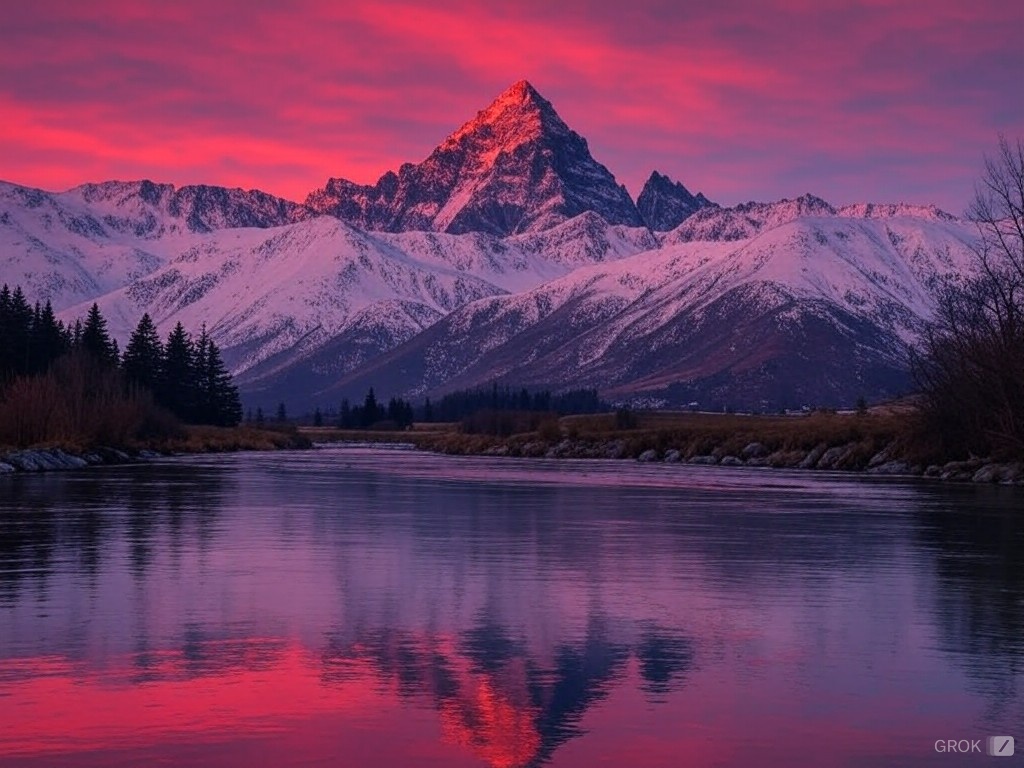So, Unity Level Design, huh? You might hear those words and imagine a complex labyrinth of coding and overwhelming 3D models. Or perhaps, it brings to mind images of fantastical landscapes and ultra-modern cityscapes that could make your head spin just from looking at them. Yeah, let’s dive into that a bit today. Trust me, it’s not as intimidating as it sounds—or so I keep telling myself as well!
First things first. Unity Level Design isn’t just about placing a few trees here and some buildings there. It’s an art. No, really, it is! Think about how a painter chooses his palette before touching the canvas. That’s kind of what we’re doing here, but instead of paints, we’ve got assets and a whole lot of creativity. The real trick is blending technology with those wild ideas splashing around in your head.
The one thing that always trips up newcomers? Scale. It’s like, you have this grand image in your mind, right? A bustling city with towering skyscrapers and bustling NPCs. But translating that into Unity without your game engine coughing and spluttering like an old car—well, that’s where the magic happens, or shall we say, doesn’t happen sometimes. Ah, yes, the ever-so-delicate dance between ambition and functionality.
Let’s chat about terrain for a moment. Crafting the terrain in Unity can be a feast for the senses – or a total nightmare. It’s a bit like making your first pancake: The first one might come out all wonky, but then you get the hang of it. You start tweaking the heights, playing around with textures. Next thing you know, you’ve got yourself a landscape that might just take someone’s breath away. If they’re looking at it just right and the light catches it—oh, it’s a thing of beauty!
And hey, speaking of lighting, isn’t that a beast in its own right? Getting the light to hit those hills, or casting eerie shadows in an abandoned alleyway—there’s a lot that goes into it. A bit too much sometimes. I remember this one project where I nearly lost it over a single stubborn shadow that just wouldn’t play nice! But when you finally nail it? Chef’s kiss – absolute perfection.
But it’s not all technical. Unity level design is also about storytelling. Ever walked through a game level that felt like it had its own heartbeat? Where every corner, every turn told you more about the world? That’s when you know you’ve nailed it. It’s when the visuals, gameplay mechanics, and narrative mesh so beautifully together that players don’t just see your world, they feel it. They live it. That’s powerful stuff, right there.
Do I ever doubt myself? Oh, all the time! There are moments when I think, “Denis, what are you even doing? Is any player going to notice that tiny little detail you spent three hours on?” But then, every once in a while, you get that one player who picks up on those subtle cues, who appreciates those painstaking details, and it feels like hitting a jackpot—minus the flashing lights and ringing bells, though those would be nice sometimes.
So, whether you’re a budding game developer lost in the endless sea of Unity tools, or just someone who’s curious about this whole level design fuss, remember that it’s all about bringing pieces together to create something greater than their sum. And it’s okay to feel a bit lost sometimes. Heck, feeling lost just means you’re about to find something big—hopefully, not just a forgotten coffee cup under those piles of sketches and codes.
If you ever feel like chatting more about this, or heck, need someone to take a look at your level designs, hit me up at [email protected]. Always happy to connect, share ideas or help steer your project toward that ‘wow’ moment. Until next time, keep building and keep dreaming!
